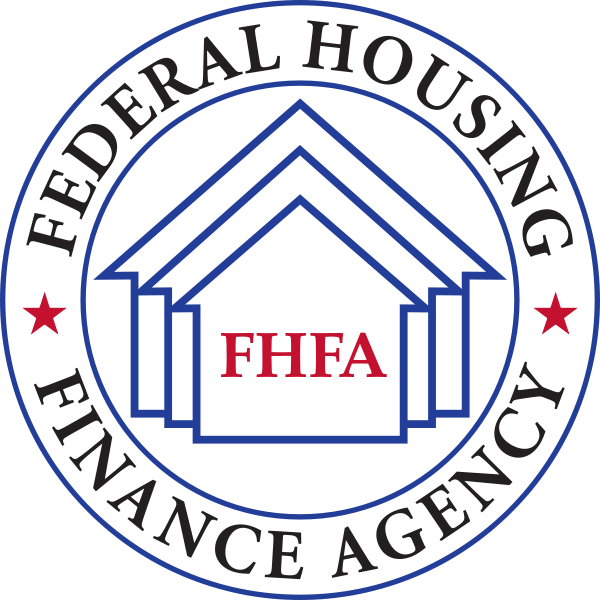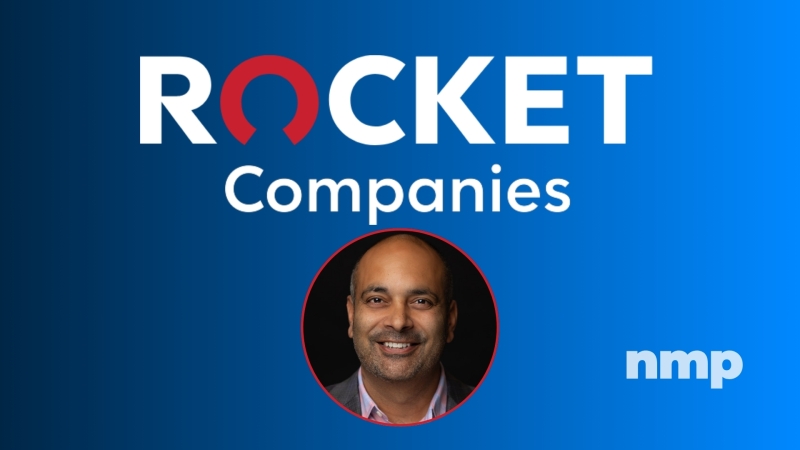
FHFA Proposes Extra Disclosure Rules For Fannie, Freddie

The proposed rule for the Enterprise Regulatory Capital Framework seeks to put Enterprises on a "level playing field" with U.S. banking requirements.
The Federal Housing Finance Agency (FHFA) on Wednesday issued a notice of proposed rulemaking that would introduce additional public disclosure requirements for Fannie Mae and Freddie Mac.
FHFA said it is seeking comment on the proposed rule for the Enterprise Regulatory Capital Framework (ERCF), which would implement quarterly quantitative and qualitative disclosure requirements for the Enterprises related to:
- regulatory capital instruments,
- risk-weighted assets calculated under the ERCF’s standardized approach, and
- risk management policies and procedures.
The deadline for the Enterprises to comply with the disclosure requirements outlined in the proposed rule is six months from publication of the final rule in the Federal Register.
“These additional public disclosure requirements are intended to promote market discipline and prudent risk management practices at the Enterprises,” FHFA Acting Director Sandra L. Thompson said in a news release. “These changes also will provide market participants with more information to assess an Enterprise’s risks and capital adequacy.”
Thompson added that the proposed changes “increase the transparency of the safety and soundness of the Enterprises, while decreasing risk to the U.S. taxpayers.”
A spokesman for Freddie Mac declined to comment and referred inquiries to the FHFA. Fannie Mae did not respond to a request for comment.
In a document titled “Enterprise Capital Proposed Disclosure Amendments” posted on FHFA’s website, the agency states that the proposed rule “would implement standardized approach public disclosure requirements for the Enterprises that align with many of the public disclosure requirements for large banking organizations under the regulatory capital framework adopted by United States banking regulators.”
It continues, “… the proposed rule would complement the ECRF as it aims to ensure that each Enterprise operates in a safe and sound manner and is positioned to fulfill its statutory mission to provide stability and ongoing assistance to the secondary mortgage market across the economic cycle, in particular during periods of financial stress.”
FHFA said the proposed rule blends elements “of the U.S. banking framework’s standardized and advanced approaches and establishing a level playing field for public disclosures” between Fannie Mae, Freddie Mac and domestic banks.
FHFA said that while the proposed rule would implement disclosure requirements for only a standardized approach, it may consider additional requirements related to advanced approaches in the future. FHFA said, however, that it is seeking comments on “all elements of the proposed public disclosure requirements.”
FHFA invites comments on the proposed rule within 60 days of its publication in the Federal Register. Comments on the proposed rule should be submitted electronically or via mail to the Federal Housing Finance Agency, Office of General Counsel, Attention: Comments/RIN 2590-AB18, 400 7th Street, S.W., Washington, D.C., 20219.




